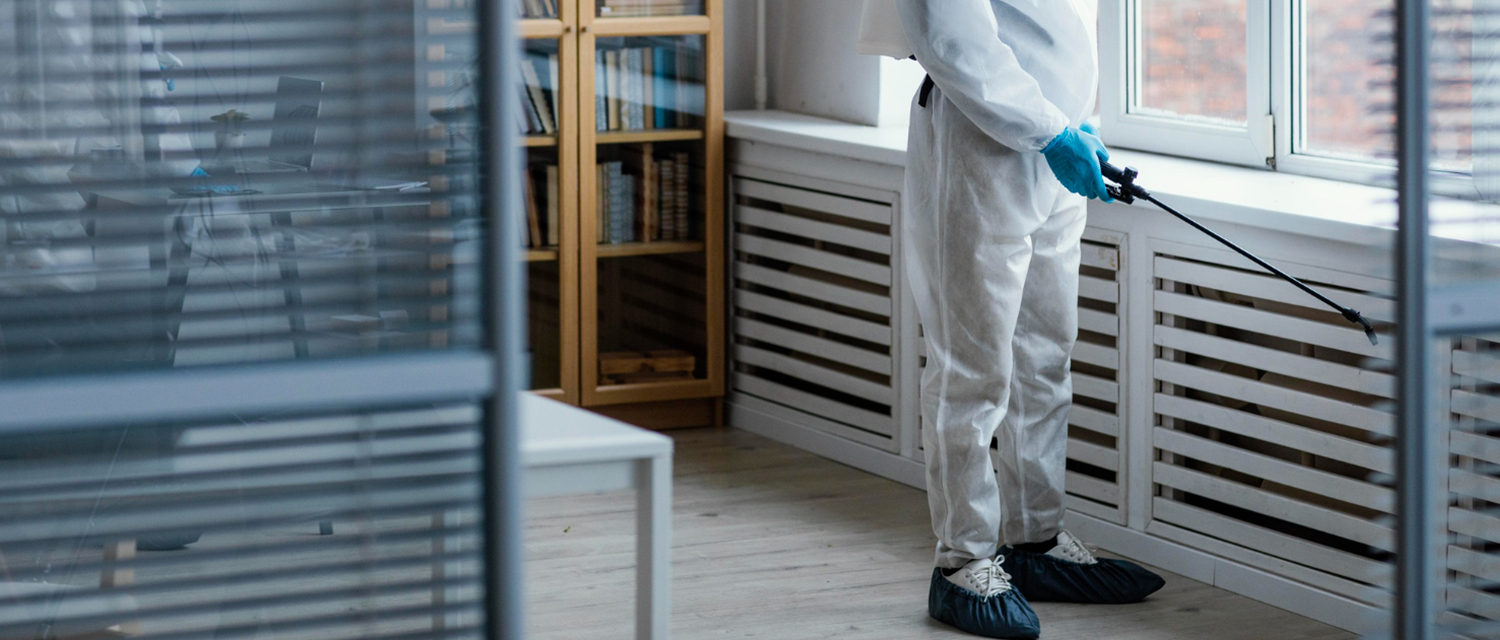Get free quotes within minutes
How Does Pest Control Work And What Does It Do?
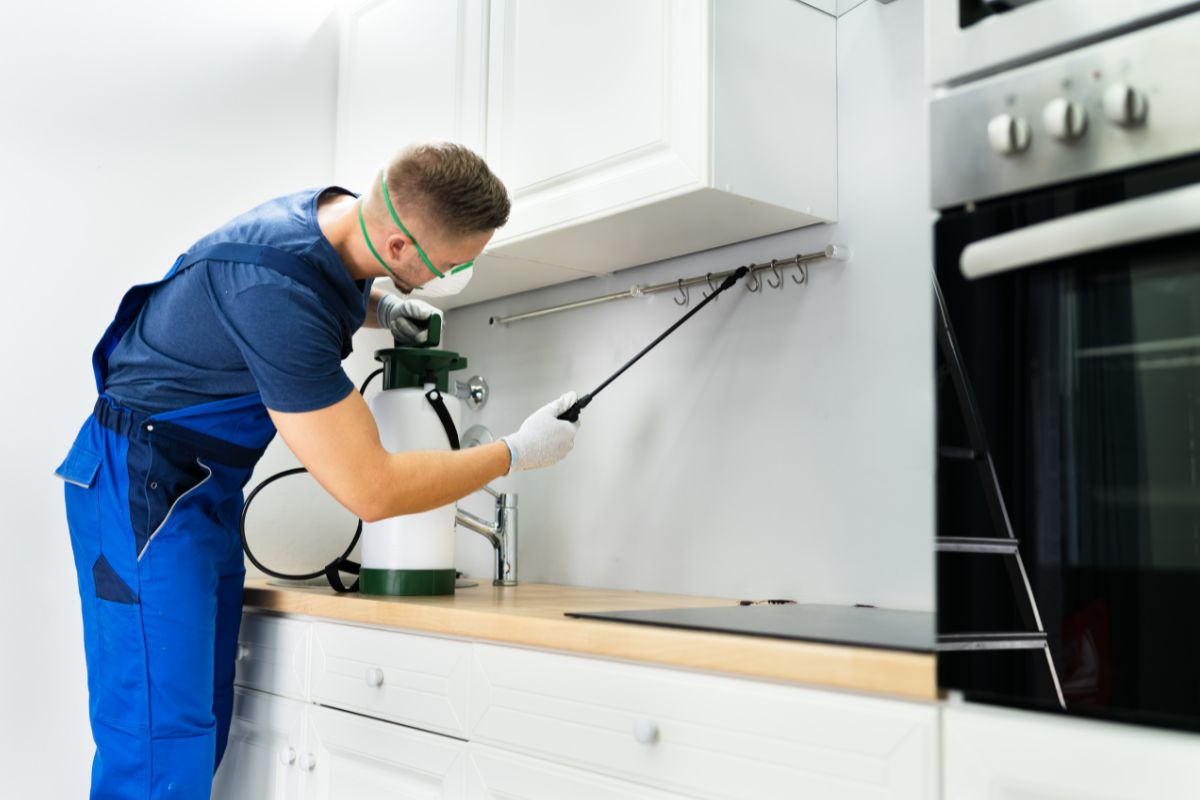
Table Of Contents
- Introduction
- What Is Pest Control?
- Why Is Pest Control Important?
- How Does Pest Control Work?
- What Does Pest Control Do?
- How Often Do You Need a Pest Treatment?
- Conclusion
How Exactly Does Pest Control Work & What Should You Expect During the Treatment?
Pest control involves inspecting the property, identifying pest types, and applying suitable treatments like sprays, traps, or bait stations. Professionals ensure safety, follow up if needed, and often educate homeowners on prevention for long-term pest-free living.
Whether you are experiencing everyday pests such as ants or cockroaches, or more severe conditions such as termites and rodents, pest control is fundamental to protecting your investment, health, and mental well-being. Do you want to know about pest control, how it happens, and what pest control is up to? In this blog, you can get clear information on all these aspects to help you maintain a pest-free property.
What Is Pest Control?
Pest control is the treatment through which all sorts of pests, which are destructive to homes, businesses, and other structures, are controlled or eliminated. These pests can comprise insects, rodents, birds, or even wild animals and could pose nearly all the other pest challenges, including destruction of property, contamination of food, or spreading ailments.
So, what do pest control companies do to address these issues? Pest control is intended to manage or avoid harm and inconvenience caused by these pests by employing the right strategies, equipment, and chemicals.
Eradication of pests entails various ways, from the most basic to chemical control methods. It can be done by the homeowners themselves; however, serious invasions or more complicated species may require the services of a professional pest control company. Such services require methods and tools based on the type of pest, the degree of contamination, and the location of the pests.
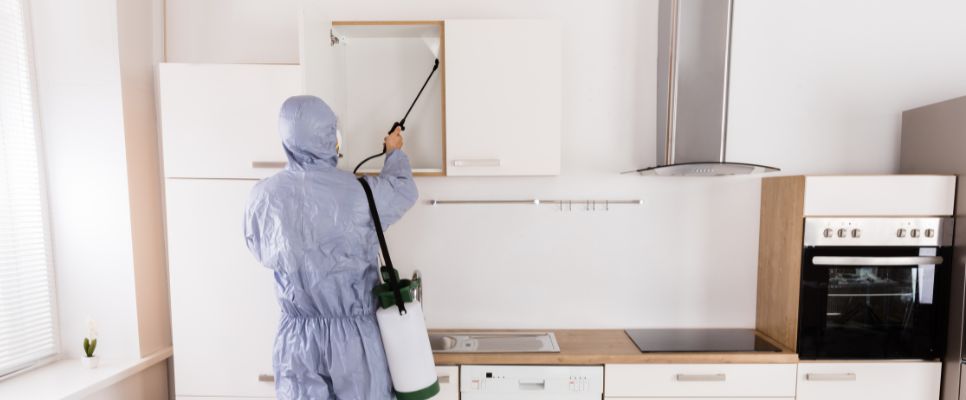
Why Is Pest Control Important?
- Health and Safety: Most of the pests are disease vectors that can infect both humans and their companion animals. For instance, mosquitoes can cause diseases such as malaria and dengue fever, and rats can cause diseases such as leptospirosis and salmonella. Cockroaches and rodents also contribute to the cause of allergies and or asthma, particularly in children. These illnesses can be prevented through good pest control.
- Property Damage: Some of the insects can wreak a lot of havoc on the structural integrity of buildings through their activities, and this includes termites, carpenter ants as well and rodents. Termites get at the wooden parts of a structure, gradually destroying them, while rodents may chew on the wires they find and cause fires. This is, however, an area that has the potential of experiencing some of these effects, and therefore, pest control is a safe bet to protect your property from such occurrences.
- Food Protection: Cockroaches and rats are some of the animals that threaten to penetrate kitchens, storage, and dining rooms. These pests not only spoil the food, but they also defecate, leading to the production of plots of food, making it unsafe for human consumption. If you want your food to remain safe and unadulterated, you should get proper pest control services.
- Mental Well-Being: Sustaining pests in your home can be an inconvenience and stressful as well. The sight of an ant trail in your kitchen or the sound of rodents moving in the walls causes anxiety. Pest control provides a sense of full control of one’s environment, specifically inside homes or workplaces, thus getting rid of the pests will provide this assurance.
How Does Pest Control Work?
A strategy of pest control is just a variety of measures that are used depending on the type of pest and the conditions where they are most often found. Then, determining the level of pest infestation, detecting species, and determining the appropriate correction strategy. Some of the most common methods of pest control include:
1. Chemical Pest Control:
Pesticides are amongst the most frequent strategies applied for the extermination of pests in various forms of real estate. Pest control chemicals are substances whose primary function is to eliminate pests or to prevent their entry into an area. These chemicals exist as aerosols, dusts, and pellets; the choice depends on the infestation level. Most chemical baits are employed in situations where infestation is massive or where targeted pests are resistant to conventional means of management.
Types of pesticides:
- Insect repellents focus on insects, including ants, cockroaches, mosquitoes, and flies.
- Rodenticides are the agents applied to kill rats and other rodents, such as mice.
- Herbicides control undesirable plants, weeds, or vegetation that might be harbouring pests.
- Pest management fungicides aim at fungi that might attract pests or cause pest incidence.
2. Biological Control:
Biological control is some sort of pest control method that is more friendly to the environment. This is the utilization of predators, parasites, fungi, bacteria, or viruses to deal with pests and pest status. For instance, the ladybugs can be used to deal with aphids, while parasitic wasps might be deployed to deal with caterpillar pests.
It is widely applied in agricultural areas to decrease the demand for chemical reagents in combating pests and contribute to the conservation of species.
3. Physical Pest Control
One type of pest control is physical barriers or traps to kill or deny pests access to a room. These are mechanical controls that work to prevent access to spaces, trap the rodents, or exercise physical capture. Some of the most common examples of physical pest control include:
- Traps: Snap or glue traps are most often employed to capture mice or rats.
- Exclusion: Closing up any gaps in or around the entrance, window, or walls and ceilings to deter pest access.
- Barriers: Many structures seen in buildings, such as the screens in the windows and doors, the mesh fences, and other barriers, can block physical access by insects and birds.
- Heat or Cold Treatments: Low temperatures can be applied to eliminate pests like bed bugs, under extreme cold temperatures. For instance, if an area is warmed to a much hotter temperature than pests are accustomed to, or chilled to below the optimum temperature that most pests enjoy, then several pests could be exterminated.
While they are useful, physical control measures are long-term and need frequent supervision and maintenance. However, they might not be ideal for a big pest population and long-term pest management and eradication.
4. Cultural Pest Control
Cultural control is the elimination of conditions necessary for the survival of pests in the environment. It is proven that by changing the foods they feed on, water, or habitat to an undesirable state, you can establish measures that will deny the pests the required sustenance and living spaces.
Example:
- Crop rotation: It is one of the cultural control methods used in practices of farming practices. It assists in the establishment of pest harbours that prefer specific crop species by rotating the crop species in a given field from one year to another.
- Proper sanitation: Pests also look for food around the home and workplace; thus, cleaning up areas around both the home and workplace, such as throwing away scraps of food and sealing bins, among other things, will help do away with pests.
- Water management: The control of water sources in gardens and lawns to minimize water stagnation, a breeding site for mosquitoes.
- Cultural control: It is most appropriate when it is applied together with other methods of controlling pests. It is effective in prevention, but not in eradicating the existing pests in the course of treatment.
5. Integrated Pest Management (IPM):
Integrated Pest Management (IPM) is a broad and eco-friendly management system that works through the use of different ways and techniques to manage the pest population. The objective of Integrated Pest Management is to control pest infestations and, at the same time, minimize the hazard to people, animals, and plants.
IPM involves:
- Monitoring and identification: Inspection of the facility frequently and identification of pests, as well as their numbers and species.
- Preventative measures: Preventative measures to control pests before they become a menace in society or even in your compound.
- Control tactics: Employing all the chemical, biological, and physical processes at the same time, but where several methods are applicable, the least dangerous one is favored.
- Evaluation: Evaluating the result of pest control techniques implemented and changing the strategies appropriately.
It is applied in agriculture, homes, and commercial premises to control pest levels, which are acceptable with negative impacts on the environment and community.
What Does Pest Control Do?
Pest control is used mainly to minimize or stop the impacts of pests as much as possible. Here are the functions of each step taken to control pests:
Inspection
- Purpose: Identify the type of pests, the severity of the infestation, and the sources or entry points.
- Process: The pest control technician surveys the property, looking for signs such as droppings, nests, damage, or live pests.
- Outcome: A customized treatment plan tailored to the specific infestation is created.
Diagnosis and Risk Assessment
- Purpose: Understand the pest behaviour, lifecycle, and potential risks to people, pets, and property.
- Process: Determine factors that attract pests, such as food sources, moisture, or shelter.
- Outcome: Minimizing risk to health and the environment during treatment.
Treatment Plan Development
- Purpose: Establish an effective and safe strategy to eradicate pests.
- Process: The plan includes the type of treatment (chemical, non-chemical, or integrated methods), frequency, and precautions.
- Outcome: Ensures the process is comprehensive and compliant with local regulations.
Exclusion and Prevention Measures
- Purpose: Prevent pests from entering or re-entering the premises.
- Process: Seal entry points like cracks, install barriers, or fix structural issues.
- Outcome: Reduces the likelihood of future infestations.
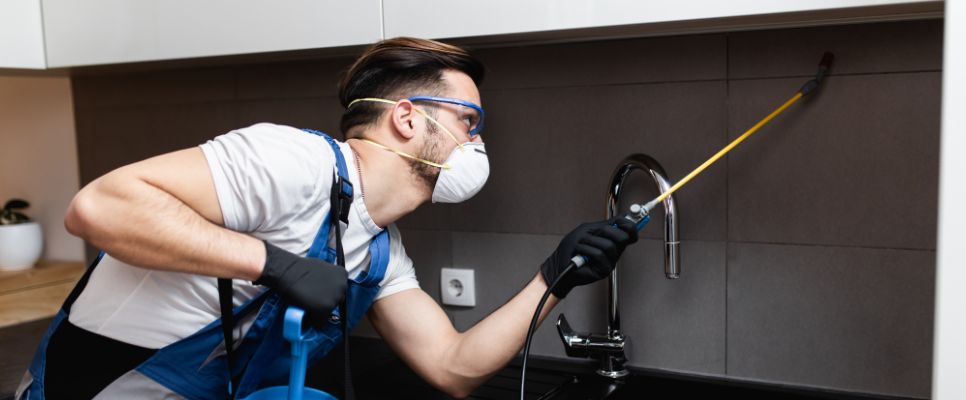
Treatment Application
- Purpose: Eliminate pests through targeted methods.
- Process: This step may involve:
- Chemical Methods: Spraying insecticides, laying baits, or fogging for insects and rodents.
- Non-Chemical Methods: Heat treatments, traps, or organic solutions.
- Outcome: Directly addresses the infestation and kills pests effectively.
Monitoring and Follow-Up
- Purpose: Ensure the treatment was successful and no pests remain.
- Process: Regular visits or scheduled follow-ups to monitor the site and reapply treatments if needed.
- Outcome: Provides long-term control and satisfaction.
Hygiene and Sanitation Education
- Purpose: Empower clients to maintain a pest-free environment.
- Process: Provide tips on waste disposal, cleaning routines, and storage practices.
- Outcome: Reduces future infestations by addressing contributory factors.
Documentation and Reporting
- Purpose: Keep track of treatments and findings for future reference.
- Process: The pest control team provides a report outlining the work done, chemicals used, and preventive advice.
- Outcome: Ensures transparency and helps in warranty or retreatment if necessary.
This systematic approach ensures not only the immediate removal of pests but also minimizes the risk of recurrence while protecting health and safety.
How Often Do You Need a Pest Treatment?
The rates of pest control could be more frequent based on your location and the form of pests prevalent in your region. As a rule, pest treatments in most homes should be performed at least once a year, although it can be more often if there are repeated invasions. These small pests could be active in unstable areas for a few months; thus, treatments could be frequent.
At least, pest inspections should be conducted at least once in a while to diagnose any problems before they get out of hand, but a professional pest controller can advise you on the ideal frequency for your home and environment to avoid getting infested by pests at any one time.
Conclusion
The use of pest control is vital, and it has become a disciplined way of life since it protects people and property from various pests. Whether it is chemical control, biocontrol agents, physical barriers, or the integrated pest management system, there are a lot of options that pest management can use to ensure the pests are well-controlled.
The objective is to save human lives and property, and ensure the provision of suitable conditions for living and carrying out activities. Pest management means we live our normal lives without having to constantly worry about pest damage or causing nasty surprises to other people.
YOU MIGHT ALSO BE INTERESTED IN
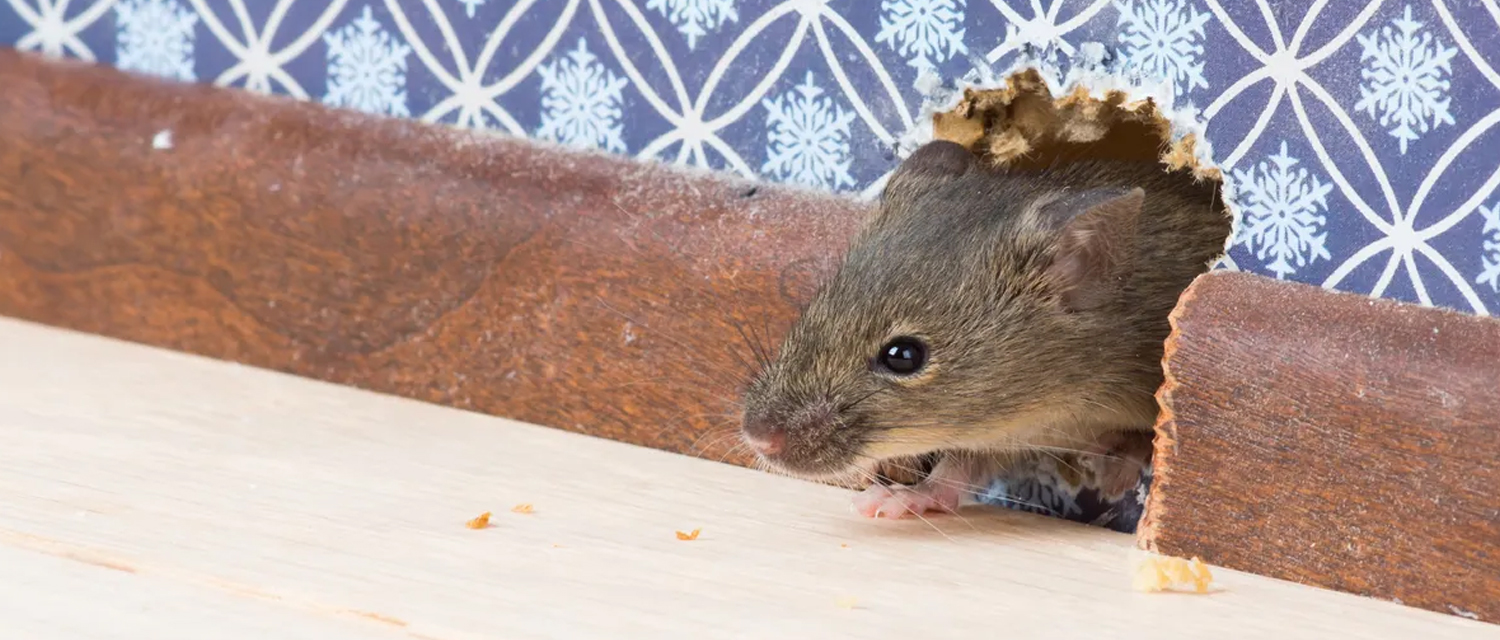
How to Get Rid of Rodents? Expert Advice and Solutions
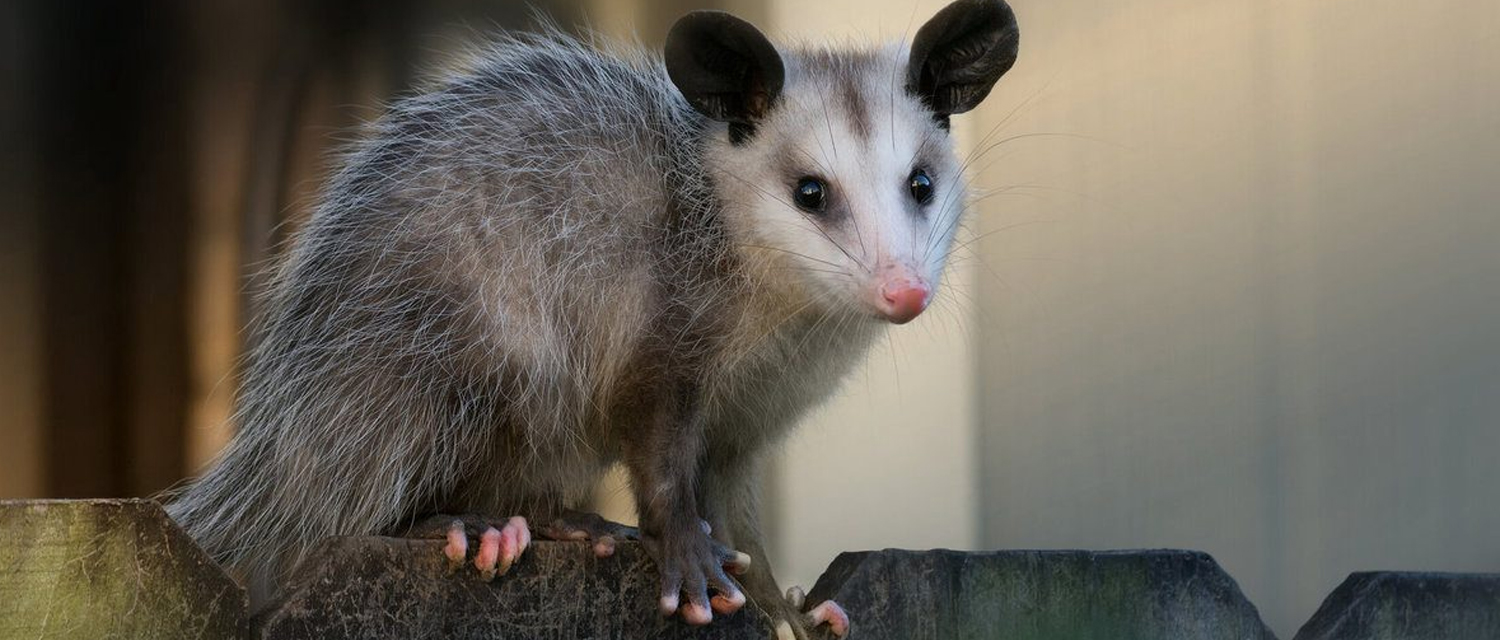
How to Get Rid of Possums? Expert Tips for Safe and Humane Removal
Capital Cities
- Pest Control Services Services in Melbourne
- Pest Control Services Services in Brisbane
- Pest Control Services Services in Sydney
- Pest Control Services Services in Adelaide
- Pest Control Services Services in Perth
- Pest Control Services Services in Canberra
- Pest Control Services Services in Hobart
- Pest Control Services Services in Darwin







